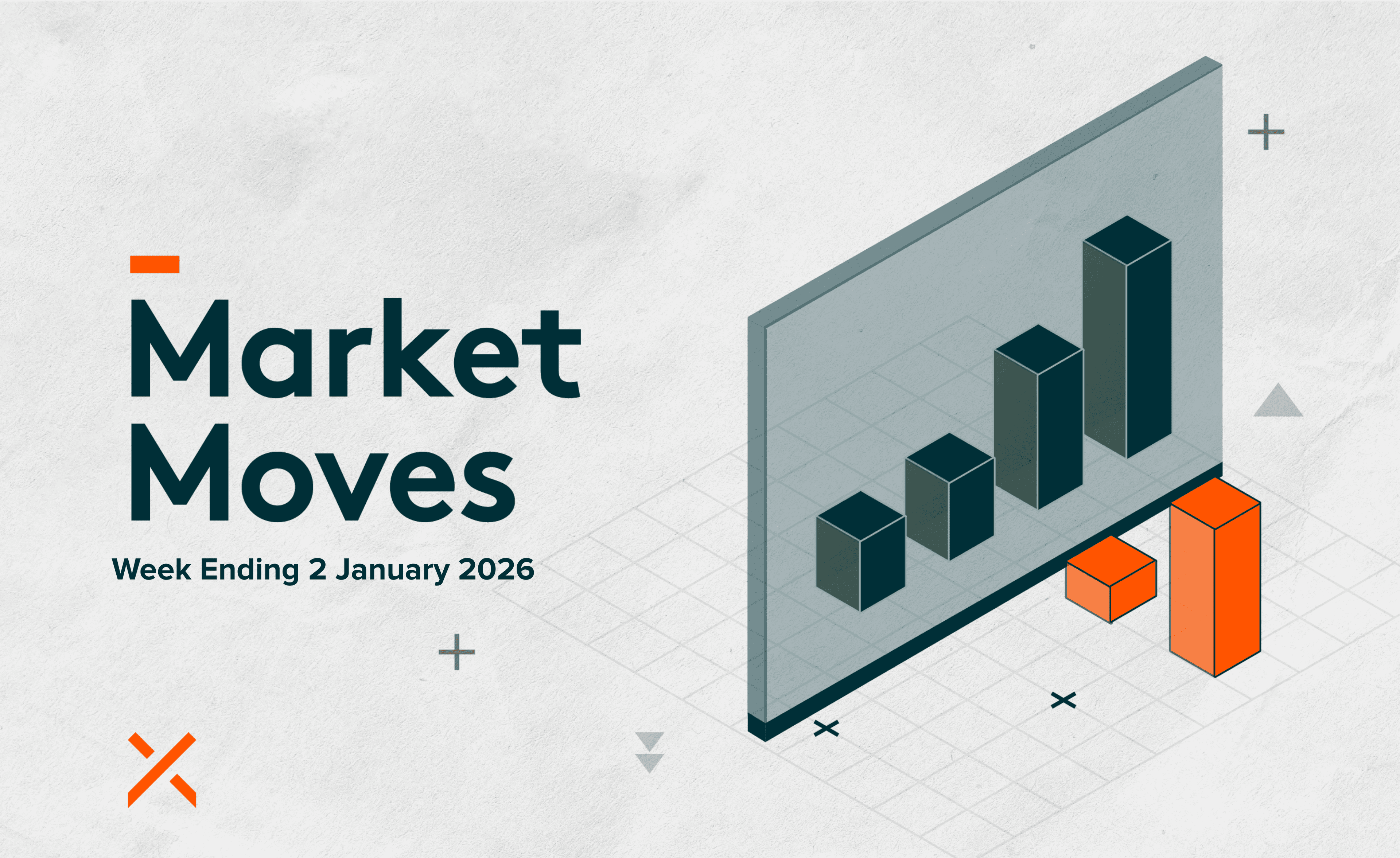Powered by 21Shares
This Week in Crypto:
Bitcoin and Ethereum are down by 3% and 3.6%, respectively, over the past week. In this regard, Bitcoin dropped the least out of all the major Layer 1 protocols, as shown in Figure 1. On another front, Metis and MakerDAO outperformed in the Layer 2 and decentralized finance landscapes, respectively. MakerDAO appreciated 16.3%, while Metis had a 20% increase in TVL on the back of a 26-week-long builder incentive program.
Figure 1: Price and TVL Developments in Major Crypto Categories
Source: 21Shares
Key takeaways:
- Europe passes landmark crypto regulation for a final vote.
- $560M stolen as BNB Smart Chain gets hacked in yet another bridge exploit.
- MakerDAO is allocating $500M of its balance sheet to short-term US Treasuries and corporate bonds.
- US Trademark applications for NFTs and Web3 tools have doubled year over year.
Spot and Derivatives Markets
Figure 2: Perpetual Futures Open Interest on Binance
Source: Kaiko
Bitcoin and Ethereum open interest on Binance, the world's largest crypto exchange, rose to all-time highs. As per Kaiko, BTC's open interest measured in native units surged by around 20% since the end of September to 183K BTC. Over the same time frame, ETH's open interest rose by 10% to 1.3 million ETH. As a reminder, open interest refers to the total number of outstanding derivative contracts that have not settled. The increase in open interest suggests that new money is coming into the market despite the macroeconomic uncertainty.
In addition, we can observe that BUSD-denominated instruments have gained traction due to Binance's decision to automatically convert USDC to their native stablecoin (BUSD) to enhance users' liquidity and capital efficiency.
On-chain Indicators
Figure 3: Bitcoin’s NUPL Ratio
Source: Glassnode
The NUPL ratio, which we have featured in past newsletters, measures the P&L of BTC investors — ranging from 1 to negative numbers. This metric has been instrumental in evaluating investor sentiment and identifying the tops and bottoms for the price of BTC over the past decade. Depending on whether we are in a bull market or a bear market, the level of the NUPL ratio categorizes investor sentiment in 5 brackets, as you can see in Figure 3. NUPL is back in the capitulation zone after slightly recovering in July-August.
Macro and Regulations
Europe's Markets in Crypto Assets – the European Council has passed a landmark crypto regulation dubbed MiCA to the parliament. If approved, the bill will be in effect as of 2024. Here are the main takeaways:
- Stablecoins: Issuers will need to oblige to a significant number of authorization criteria, including a clause stating that stablecoins must be backed 1:1 by reserves that are legally and operationally segregated. USD-backed stablecoins will face some limitations when MiCA comes into effect due to efforts related to preserving the monetary sovereignty of the euro.
- CASPs: Cryptoasset service providers (i.e., trading platforms) must make settlement transactions within 24 hours. The regulation doesn't address lending and borrowing protocols.
- Non-Fungible Tokens (NFTs): MiCA will oversee all cryptoassets not currently regulated by existing financial services legislation. Regarding NFTs, the European Securities and Markets Authority (ESMA) will be responsible for classifying them, and only NFTs which serve as financial instruments will likely fall under MiCA's scope.
Bitcoin mining has been part of several polarized conversations over the past week. Argentina's state-owned energy company YPF announced it is pivoting to Bitcoin mining, which seems like a U-turn from the South American country's anti-crypto direction, influenced by the IMF. Norway is also on the verge of a U-turn, as the government is reviewing a proposed bill to eliminate reduced taxes for data centers mining Bitcoin in light of a rising energy crisis. In the US, Digital Currency Group subsidiaries Grayscale and Foundry are launching "Grayscale Digital Infrastructure Opportunities" to invest in Bitcoin mining hardware. The organizations will use the invested capital to purchase mining equipment at discounted prices.
Crypto Infrastructure
BNB Smart Chain hacked: On October 6, an attacker stole 2 million BNB (~$560 million) from the Binance network's cross-chain bridge, BSC Token Hub. After looking into the matter, pseudonymous researcher "samczsun" discovered a bug in how the bridge verified security proofs, allowing attackers to forge arbitrary messages. In this case, the attacker forged two messages "convincing" the bridge to send them 1 million BNB each time. Validators halted the chain for several hours to contain the vulnerability until a solution was found. According to a post-mortem blog post by the Binance team, there will be an on-chain governance vote to determine what to do with the hacked funds and whether or not to implement a "white hat" program for future bugs found.
This attack is part of a much broader problem: before this past week's events, bridge hacks had already resulted in more than $1.3 billion stolen this year, with notable events including the $615 million and $320 million hacks from Ronin and Wormhole, respectively.
Scalability developments: Layer 2 protocols continue to innovate to achieve the vision of a fully-scalable and decentralized Ethereum. On October 6, Aztec Network introduced Noir, a Rust-based domain-specific (DSL) language for creating and verifying zero-knowledge proofs. To put it simply, Noir allows developers to build zk-based apps familiarly and intuitively without previous cryptography knowledge. After 18 months of development, this release could help onboard thousands of developers onto Aztec's privacy-by-default programmable layer. On another front, Polygon announced on October 10 the public testnet release of its zkEVM network. In addition, zkSync announced that its "Layer 3" prototype 'Pathfinder' will be deployed to public testnet in Q1 2023. The viability of Layer 3 solutions has been discussed extensively in recent months by other notable players, such as Starkware and Vitalik Buterin. Just as Layer 2 solutions boost scalability while retaining the benefits of decentralization and security of the main chain, Layer 3s could keep the same benefits while providing "hyper-scalability" and improved customization for specialized applications.
Interoperability: On October 3, KILT became the first parachain to relocate its entire chain from Kusama to Polkadot. This event represents a significant technical milestone for Polkadot and demonstrates a critical use case for the "canary network" model. To reinforce the security of Polkadot, developers pioneered a canary network called Kusama, which is independent of Polkadot but runs on the same software as a real-world proving ground for new code and bleeding-edge innovations. On a different note, The Cosmos Hub recently released a new roadmap, including upgrades to the Hub's security and liquidity system intended to make ATOM the preferred reserve asset in the Cosmos ecosystem. It is worth noting that, excluding Ethereum, Polkadot and Cosmos currently have the largest active developer ecosystems.
Decentralized Finance
Figure 4: Top 10 DeFi Assets Weekly Performance
Source: 21Shares, Messari
Bridging traditional finance to DeFi: in the recent SmartCon 2022 conference, it was revealed that SWIFT is using Chainlink's Cross-Chain Interoperability Protocol (CCIP) in a proof-of-concept. The idea is to enable SWIFT messages to instruct on-chain token transfers, allowing the thousands of financial institutions on the interbank transfer network to become interoperable with blockchain protocols. In addition, it was announced that Two Sigma Securities, one of the largest market makers in the traditional financial markets, has become a Chainlink data provider to expand the use cases of on-chain smart contract applications.
MakerDAO also made headlines as it partnered with Swiss-based crypto bank Sygnum to lead its $500 million treasury diversification into traditional assets to improve profitability and strengthen its balance sheet. As part of the first phase of the strategy, Sygnum is working with BlackRock Switzerland to allocate and invest $250 million into the 0-1 year US Treasury iShares/Blackrock ETF product. This move is crucial for MakerDAO as the protocol is currently in an estimated loss-making situation of $36 million per year, partly because most of its balance sheet is earning almost 0%. With these strategies, MakerDAO could have a significant portion of its balance sheet earning at least the risk-free rate.
Decentralized Exchanges (DEXs): The SushiSwap community elected Jared Grey as "Head Chef" (CEO) in a record on-chain voting turnout. Grey will be responsible for executing and implementing Sushi's 2.0 vision. As part of this vision, the team committed to implementing a formal executive leadership search to help the protocol operate on a multi-year time horizon that aligns with Sushi stakeholders.
NFTs and Metaverse
Trademarks filed in the US for NFTs and related blockchain goods and services have doubled year over year, according to Mike Kondoudis, a USPTO licensed trademark attorney. In the UAE, it has been announced that the country houses 1.5K active organizations within Web 3, most of which live on native blockchains.
Figure 5: Total Market Cap of Tokens and Land of Top 3 Metaverse Projects
Source: 21Shares, Dune Analytics
As highlighted in our previous newsletters, Citi predicted that the value of the Metaverse could reach $13 trillion by 2030, while McKinsey placed estimates at $5 trillion. Either way, both imply massive growth from today's $5 billion. To keep up with the Metaverse landscape, we have created a Metaverse Dashboard that tracks the three largest projects by market cap: Sandbox (SAND), Decentraland (MANA), and Otherdeed for Otherside (APE). Here are some key takeaways:
- The overall market cap of the three cryptoassets has dropped from $17 billion in November 2021 to $5 billion.
- The price of metaverse Land has dropped 60% in ETH terms and 79% in USD terms.
- Bored Ape Yacht Club's (BAYC) Otherside metaverse and APE token have outperformed.











